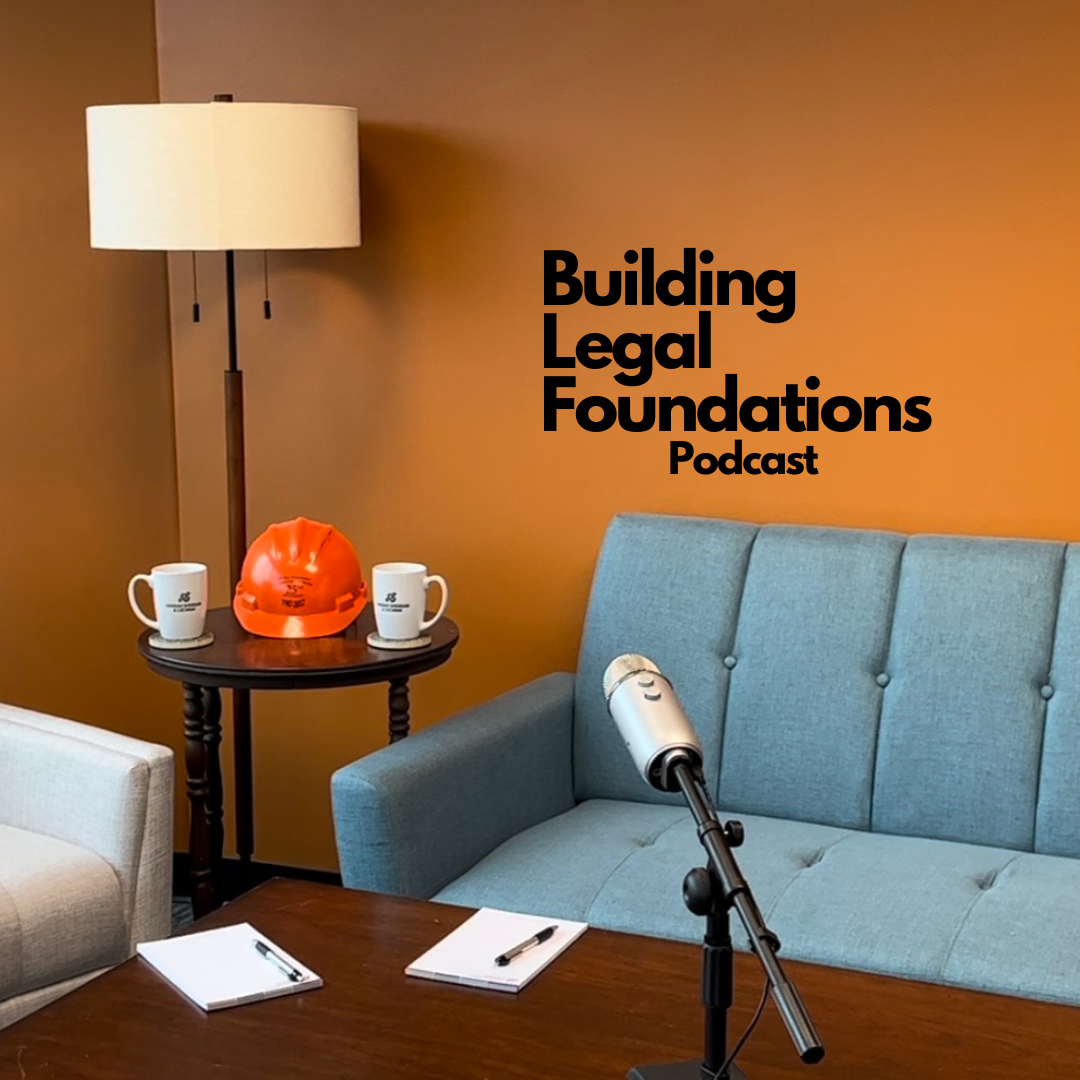Hannah Sheridan & Cochran's own podcast, previously available via Spotify, is now available to listen…

Post-Judgment Process Simplified
You have successfully obtained a judgment against a debtor. Now what do you do?
There is a process to collect on the judgment. Once a judgment is obtained and the Defendant, (the debtor) is served, the debtor has 30-days to appeal the judgment.
If no appeal is filed, the first thing to do is to request a transcript of judgment for every county where the debtor lives or owns property. This will allow you to reach the debtor’s assets in those counties to which the judgment is transcribed.
Before you can send a Sheriff out to levy, you must serve any individual debtors with a Notice of Right to Claim Exempt Property (NOR) and a Motion to Claim Exempt Property. Note that service of these documents is a constitutional requirement for individual debtors but are not applicable to corporations. These forms must be served upon the debtor either by certified mail, return receipt requested, or by sheriff. If the attempt of service fails, you are required to file an Affidavit of Attempted Service attaching proof of the attempted service, then you must deposit a copy of the NOR documents in first class mail. The debtor has 20 days to file the motion to protect certain property from levy. The 20-days runs either from the date of service or the date of deposit in a mailbox if first class mail is necessary.
The next step is to prepare a Writ of Execution and have it issued by the clerk of court in the county where the judgment was obtained. Once issued, the Writ of Execution is delivered to the Sheriff in the county in which the debtor lives or where the debtor owns property, along with the requisite service fee for the Sheriff. This document gives the Sheriff the right to seize the assets of the debtor. The Sheriff has 90-days to attempt to collect from the debtor.
If a Writ of Execution is returned unsatisfied, typically the Sheriff found no assets through his resources that could satisfy the judgment. At that point, you can begin the process of Supplemental Proceedings.
Read further about Supplemental Proceedings here. Let Hannah, Sheridan & Cochran help you with all of your post-judgment collection needs!


